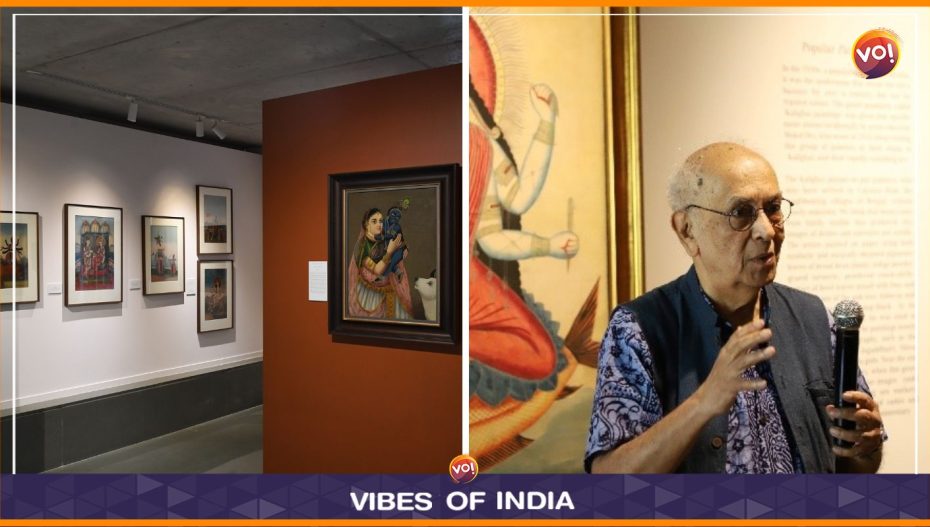Paintings of moustachioed, dhoti-clad Bengali gentlemen cavorting with sex workers. Postcard-sized watercolours of Hindu deities that European missionaries bought to take back home with them as souvenirs. An oil painting of a six-year-old Sita at her Swayamvara, with the thirteen-year-old Ram. A reverse-glass painting of a dark-complexioned Durga slaying Mahisasur, made in Canton (present-day Guangzhou) for the Indian market. A hilarious painting of an annoyed Parvati standing over an inebriated Shiva lying prone on the ground, while her lion chases after Shiva’s bull. These are but a few of the engaging works on display at ‘The Babu and the Bazaar: Art from 19th and early 20th century Bengal,’ the new exhibition at the Kasturbhai Lalbhai (KL) Museum which opened on Saturday.
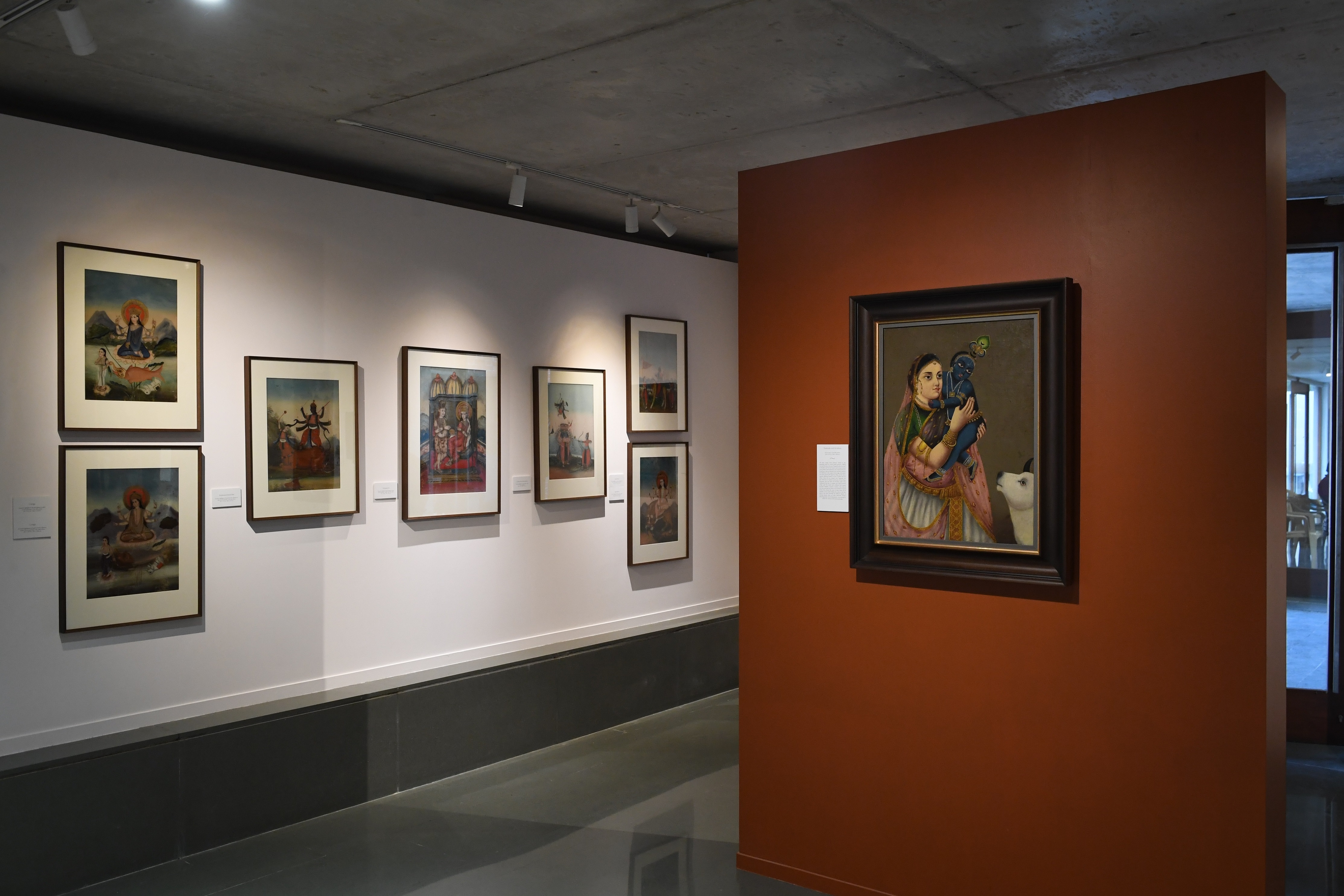
Exhibition1
For the KL Museum, it is a return to its roots. “Our connection to Bengal is well known,” says Trustee and Director Jayshree Lalbhai. “The permanent collection at the KL Museum was acquired by Shri Kasturbhai Lalbhai in the 1940s from the Tagore family. This exhibition is therefore quite special.”
The exhibition, which is from the collection of Delhi Art Gallery (DAG), consists of over 200 pieces, of which 140 are watercolours known as ‘Kalighat pats’, 35 oil paintings (made at a time when Indian artists were just beginning to paint in the European style), 10 glass paintings (made in China) and 50 prints (from a time when the printing press itself was relatively new). Most of the paintings are by unknown artists, except two prints by Bamapada Banerjee, a contemporary of Raja Ravi Varma.
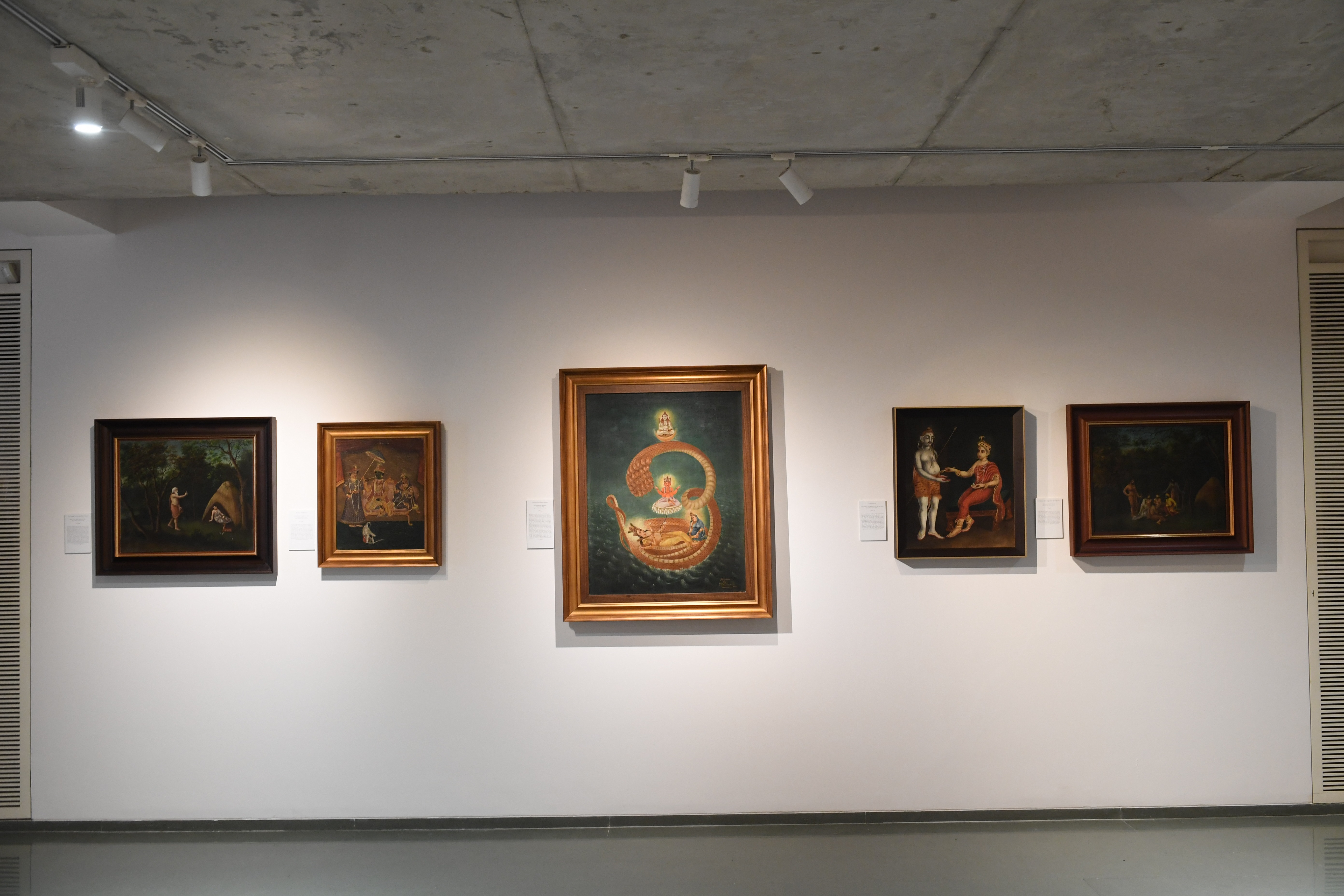
For DAG, which owns one of the largest private repositories of Indian Art in the world, the collection is the proverbial jewel in its crown. “In three decades, we have built the largest collection of art from Bengal,” says Ashish Anand, CEO and MD. “The Kalighat pats watercolours, which are more than 150 years old, have been sourced from the UK and USA, where they remained remarkably well preserved. The other works have been sourced from Kolkata, where I have spent a lot of time since the 1990s, understanding the city and its art. We have been showcasing Bengal Art internationally, though this is the first time we are exhibiting in Ahmedabad.”
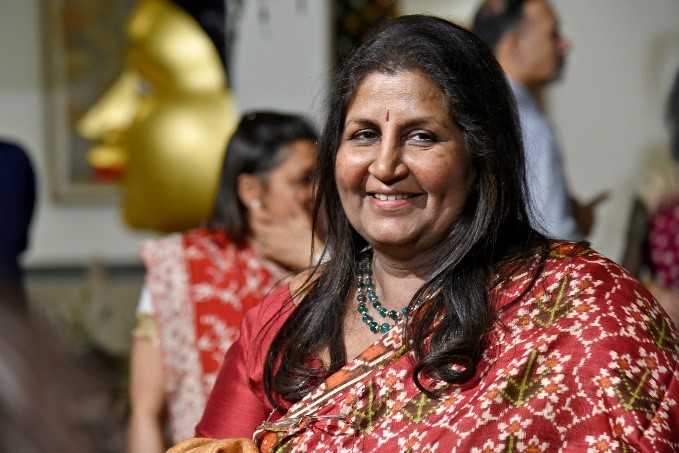
Jayshree Lalbhai.
The exhibition certainly does provide fascinating glimpses of life in the 19th century. As the capital of British India, Kolkata was then a booming economy where art was carving a place. The Kalighat pats were sold cheap in the lanes adjoining the Kali temple and were largely bought by Kolkata’s expatriates as souvenirs of their stay in exotic India. The oil paintings, on the other hand, were commissioned by Kolkata’s Anglicised Babus and depict religious as well as secular themes. For example, there is a rather striking oil painting depicting the Snake Sacrifice of King Janamejaya, who ordered all snakes to be burnt in a fire after his father was killed by a snakebite.
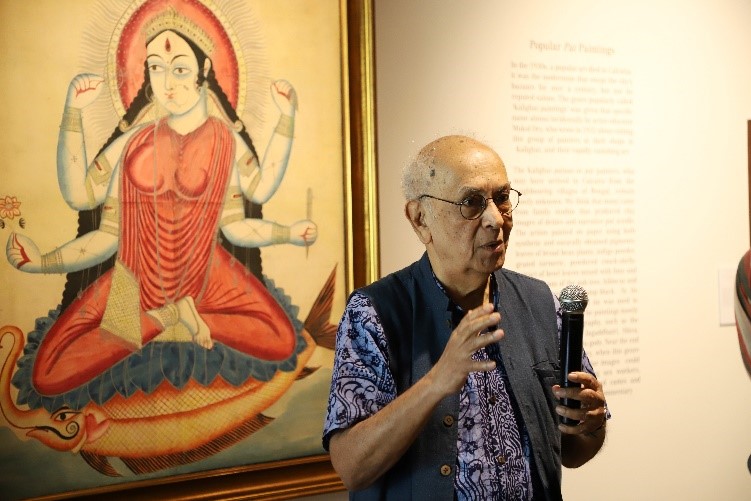
Prof. Aditi Nath Sarkar
The Babu & The Bazaar is curated by Aditi Nath Sarker, former professor at the Dhirubhai Ambani Institute of Information and Communication in Gandhinagar. He says: “Kolkata’s growth acted as a catalyst for the development of various artistic traditions, foremost of which was the watercolour pat painting. Indian elites, who worked closely with the British in business and governance, wanted to copy a Westernised lifestyle and opted to have images of their deities painted with oil pigment on cloth canvas. These were expensive materials, imported from Europe, but the nouveau riche could afford it.”
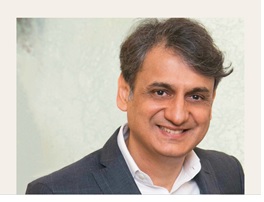
The oils paintings depict divinities and humans in exquisite jewellery and clothing and are elaborately detailed with female figures shown in patterned sarees of gold and red with abundant ornaments ranging from crowns, earrings, anklets, and necklaces. Male figures are shown in dhotis and kurtas, sometimes with capes and headdresses that rival their partners. In addition to the women of Bengal, we see Yashoda dressed in the traditional ghagra choli, whose image was commissioned by Gujarati and Marwari business families living in Kolkata.
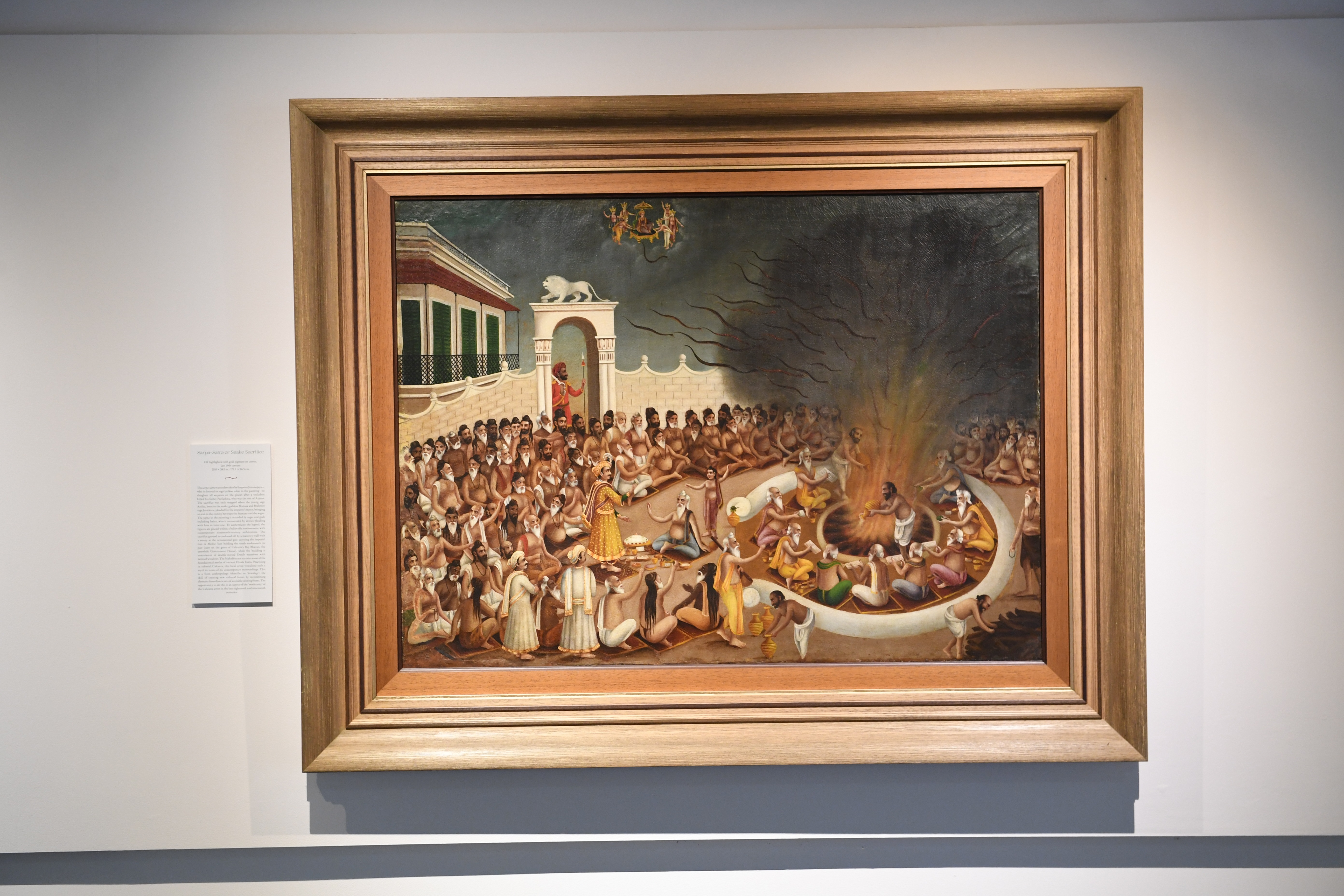
Oil-Painting-Depicting-King-Janamejaya-Snake-Sacrifice
The Babu & The Bazaar exhibition will be open to the public till 3rd December from 10 am to 5.30 pm. Professor Sarkar will conduct walkthrough sessions on 22nd, 24th and 25th October from 3 pm to 4.30 pm.
Also Read: H-1B Scam: Significant Changes On The Cards To Curb Visa Misuse


